The #1 mistake to avoid when starting your first garden is underestimating the importance of planning. A well-thought-out garden plan considers factors such as location, soil quality, plant selection, and maintenance requirements. Taking the time to create a solid foundation will set you up for success and help you avoid common pitfalls that many novice gardeners encounter.
Understanding the Importance of Planning
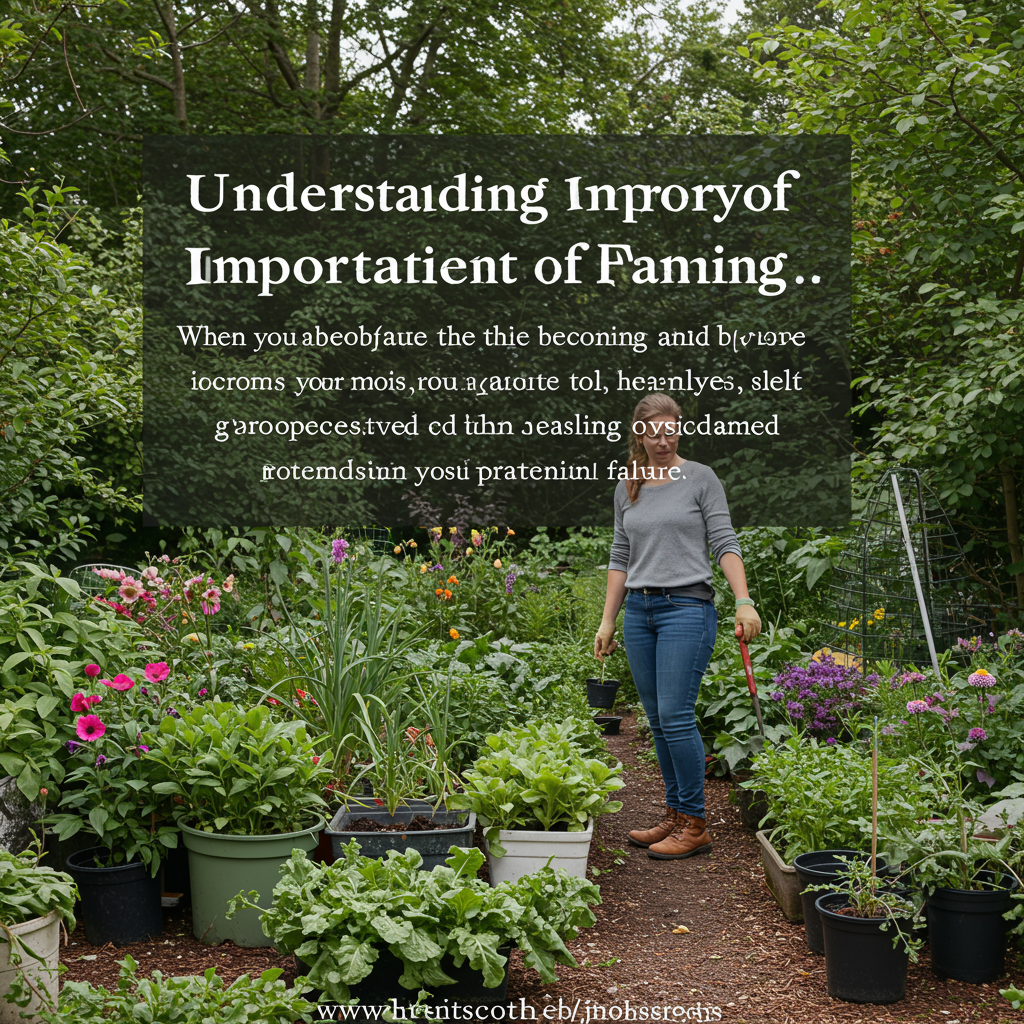
When you embark on the journey of gardening, planning becomes your most valuable tool. It helps you visualize your garden, select appropriate plants, and allocate resources wisely. Without a plan, you may find yourself overwhelmed, leading to frustration and potential failure.
Key Elements of Garden Planning
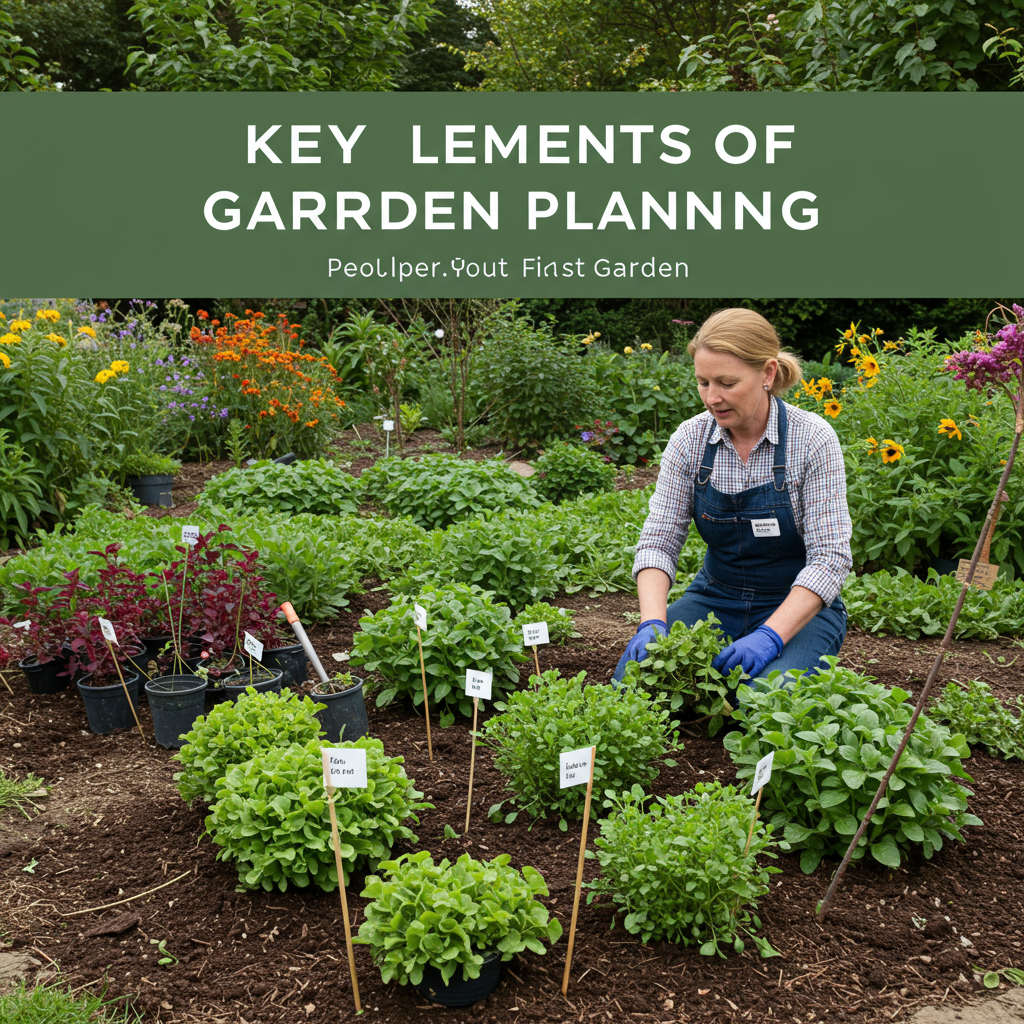
- Location: Choose a spot that receives adequate sunlight, has good drainage, and is easily accessible for maintenance.
- Soil Quality: Test the soil to determine its pH level and nutrient content. Amending the soil may be necessary to create a healthy growing environment.
- Plant Selection: Research plants that thrive in your climate zone and consider their sunlight and water requirements. This will help you avoid planting species that are ill-suited for your area.
- Space Management: Consider the mature size of your plants and space them accordingly to prevent overcrowding, which can lead to poor growth and increased susceptibility to pests and diseases.
- Maintenance Requirements: Understand the care each plant needs, such as watering frequency, pruning, and fertilization, to ensure a thriving garden.
Common Mistakes in Garden Planning
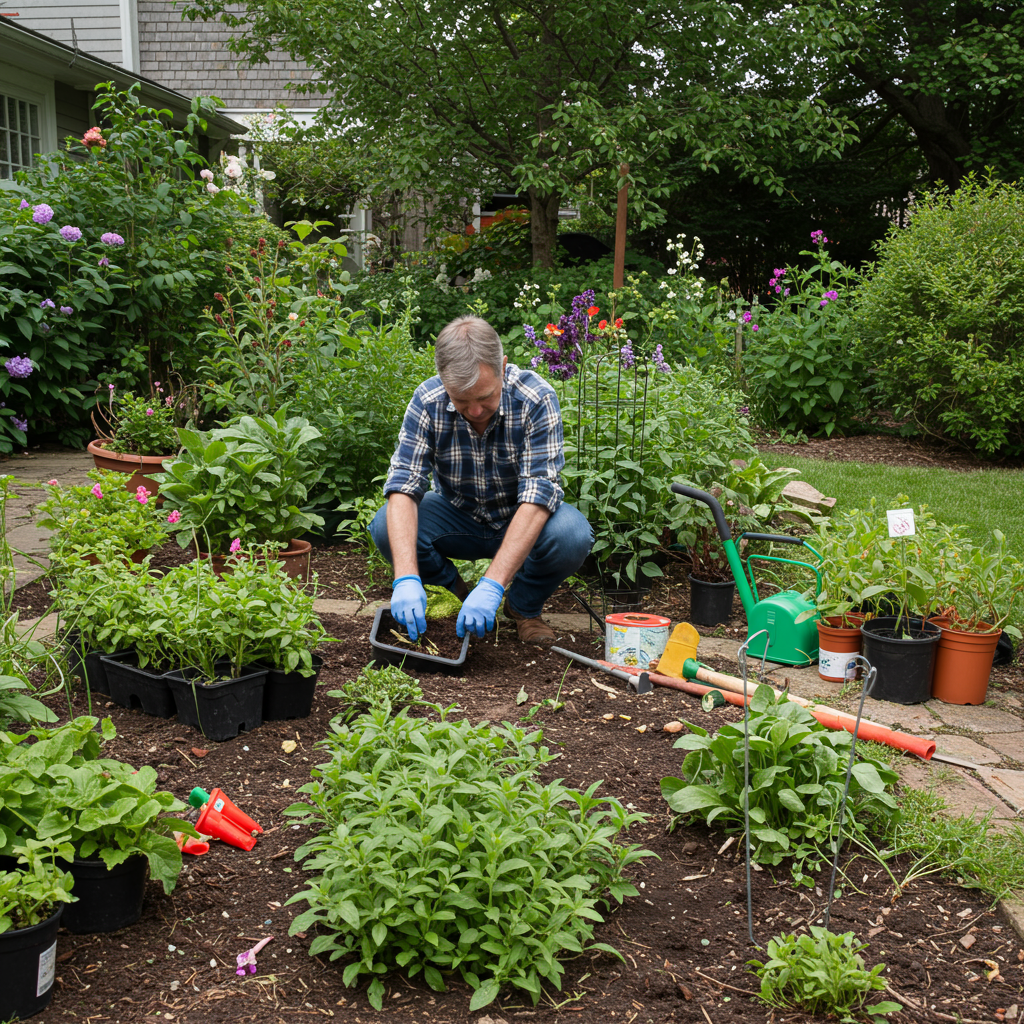
Novice gardeners often make several common mistakes during the planning phase:
- Ignoring Sunlight Requirements: Not all plants require the same amount of sunlight. Failing to consider this can lead to weak, leggy plants or complete failure to thrive.
- Overcrowding Plants: Planting too closely can lead to competition for resources and increased disease susceptibility.
- Neglecting Soil Preparation: Skipping the soil testing or amendment process can result in poor plant growth and low yields.
- Not Planning for Pest Control: A lack of foresight in pest management can lead to infestations that can ruin your garden.
Setting Realistic Expectations
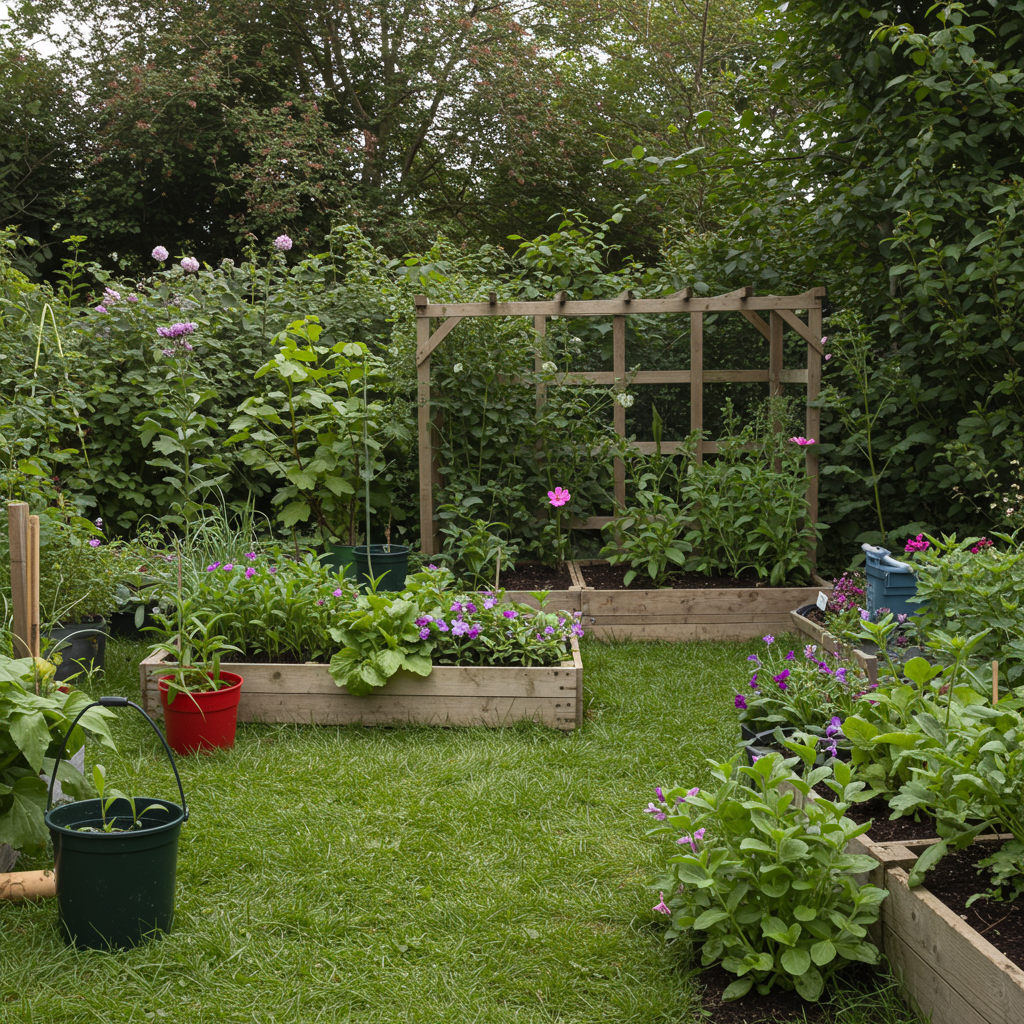
While it’s tempting to dive into gardening with enthusiasm, it’s crucial to set realistic expectations. Understand that gardening is a process that requires patience and continuous learning. Don’t expect perfection in your first season; instead, view it as an opportunity to learn and grow.
Creating a Garden Plan
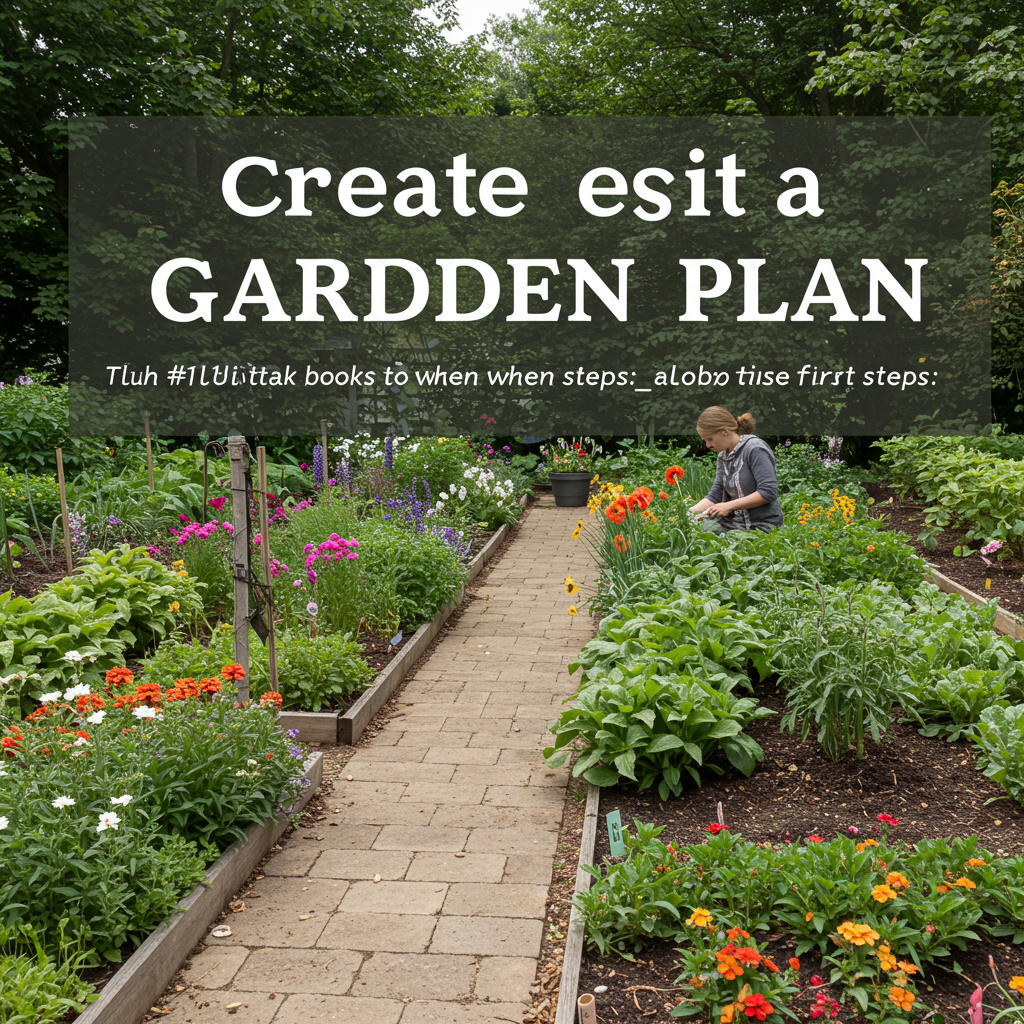
To create a successful garden plan, follow these steps:
- Assess Your Space: Take measurements and note sunlight patterns throughout the day.
- Choose Your Plants: Make a list of the plants that interest you and are suitable for your area.
- Design Your Layout: Sketch a design, considering the mature size of each plant and how they will complement each other.
- Prepare Your Soil: Amend your soil based on your test results and ensure it’s well-aerated and nutrient-rich.
- Implement Care Guidelines: Create a schedule for watering, fertilizing, and maintaining your garden throughout the growing season.
Conclusion
A successful garden begins with careful planning, making it the #1 mistake to avoid when starting your first garden. By taking the time to assess your space, select appropriate plants, and prepare your soil, you’ll be well on your way to creating a thriving garden. Embrace the learning process, and enjoy the rewards of your hard work!
